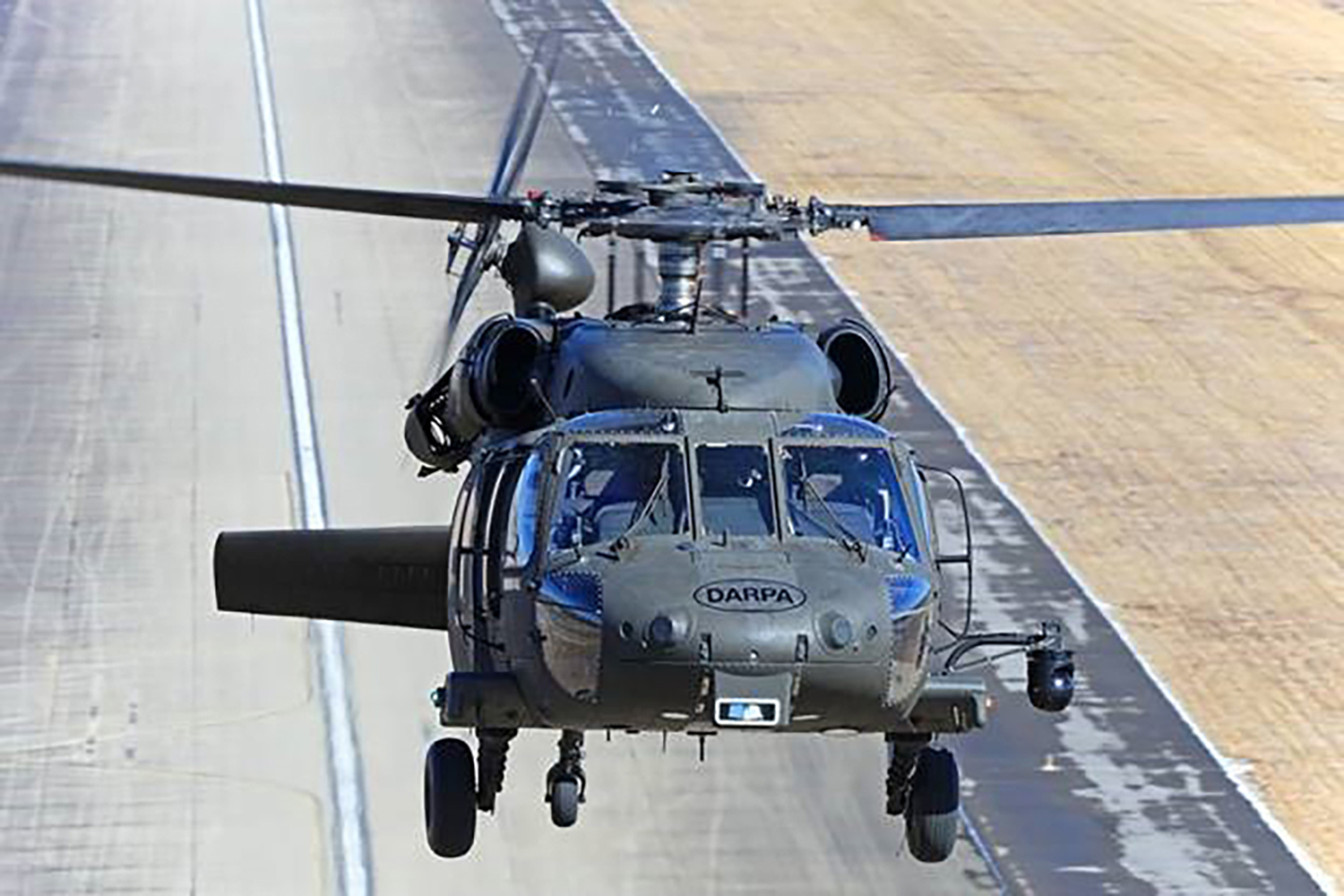Stay Up to Date
Submit your email address to receive the latest industry and Aerospace America news.
The Human-Machine Teaming Technical Committee fosters the development of methodologies and technologies that enable safe, trusted and effective integration of humans and complex machines in aerospace and related domains.
If you’re typing a message and your smartphone suggests your next words, or your car provides haptic feedback when you leave your lane or you’ve decided to create award-winning art by feeding narrative prompts to an artificial intelligence-based app, then human-machine teaming is already part of your life. In aerospace, HMT is in the cockpits of aircraft, the crew cabins of spacecraft and the control stations of uncrewed vehicles on Earth and elsewhere.
In February, Heidi Shyu, U.S. under secretary for defense for research and engineering announced a list of critical technology areas for the nation’s defense, including “human machine interfaces.” Uncrewed vehicles and the interaction of crewed and uncrewed vehicles have become increasingly important in sea, air and land domains.
NASA began last year, and continued this year, to publish new policies on human systems integration not only to develop high-quality human machine interfaces but also to include human users throughout the development lifecycle. NASA had published the HSI updates for project management policy and an HSI handbook last year, but the agency this year developed an engineering policy as new projects began to implement the new HSI policies.
As a continuation of earlier piloted tests of the Aircrew Labor In-Cockpit Automation System, or ALIAS, DARPA conducted the first unoccupied flights of a UH-60A Black Hawk helicopter in February. DARPA continues to develop the extensible automation architecture used in ALIAS for adaptation to other unoccupied and optionally piloted vehicles.
In July, the Spanish National Institute for Aerospace Technology certified the Airbus A330 Multi-Role Tanker Transport for automatic air-to-air refueling. A joint collaboration with the Republic of Singapore Air Force, the new refueling system improved boom operation, reducing the operator’s workload, improving maintenance functions and accelerating contact time.
In August, FAA accepted the G-1 Issue Paper, or certification basis, from California-based Reliable Robotics for its advanced navigation and autoflight system designed as an upgrade kit for the Cessna 208 caravan. The certification basis represents the agreement between Reliable Robotics and FAA on applicable airworthiness and environmental requirements for the new system.
As uncrewed aerial system fleets are deployed more rapidly in commercial operations, the goal of maximizing the ratio of human operators to aircraft while maintaining safety is critical to closing many business cases, and there is a tremendous volume of research that remains in this field. To that end, NASA developed a research software application testbed this year known as the Human-Autonomy Teaming Task Battery to be used by human factors researchers and cognitive psychology researchers studying human performance for scalable UAS operations. The testbed will be made publicly available for the HMT research community.
Stay Up to Date
Submit your email address to receive the latest industry and Aerospace America news.




